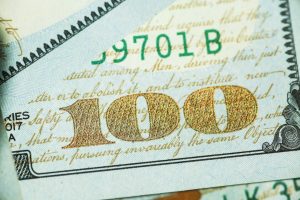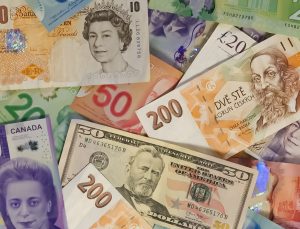Stop loss and take profit are two essential concepts that every forex trader should understand. They are tools used to manage risk and maximize profits in the forex market. In this article, we will explain what stop loss and take profit are, how to use them effectively, and how they can help you become a successful forex trader.
Stop Loss
Stop loss is a risk management tool used by forex traders to limit their losses. It is an order placed by a trader to automatically close a trading position when the price of a currency pair reaches a certain level. The purpose of stop loss is to prevent further losses if the market moves against a trader’s position.
For example, suppose a forex trader buys a currency pair at 1.2000 and sets a stop loss at 1.1900. If the price of the currency pair falls to 1.1900, the stop loss order will be triggered, and the trading position will be automatically closed. This means that the trader’s loss will be limited to 100 pips, which is the distance between the entry price and the stop loss level.
Stop loss is an essential tool for risk management because it helps traders avoid large losses that could wipe out their trading capital. It also allows traders to set their risk-reward ratio, which is the ratio of potential profit to potential loss. For example, if a trader sets a stop loss at 100 pips and a take profit at 200 pips, the risk-reward ratio is 1:2.
Take Profit
Take profit is another tool used by forex traders to manage their trades. It is an order placed by a trader to automatically close a trading position when the price of a currency pair reaches a certain level of profit. The purpose of take profit is to lock in profits and prevent the market from reversing and erasing them.
For example, suppose a forex trader buys a currency pair at 1.2000 and sets a take profit at 1.2200. If the price of the currency pair rises to 1.2200, the take profit order will be triggered, and the trading position will be automatically closed. This means that the trader’s profit will be locked in at 200 pips, which is the distance between the entry price and the take profit level.
Take profit is an essential tool for maximizing profits because it helps traders avoid greed and emotional trading. It also allows traders to exit trades at a predetermined profit level, which can help them achieve their trading goals and objectives.
How to Use Stop Loss and Take Profit Effectively
Stop loss and take profit are powerful tools, but they must be used effectively to achieve success in forex trading. Here are some tips on how to use stop loss and take profit effectively:
1. Set realistic levels: Stop loss and take profit levels should be set based on market conditions, volatility, and trading strategy. Traders should avoid setting levels based on emotions or guesswork.
2. Adjust levels when necessary: Stop loss and take profit levels should be adjusted when market conditions change or when new information becomes available. Traders should avoid being rigid and inflexible.
3. Use trailing stop loss: Trailing stop loss is a type of stop loss that moves with the market price. It allows traders to lock in profits while giving their trades room to breathe. Traders should consider using trailing stop loss to maximize profits.
4. Avoid placing stop loss and take profit too close: Stop loss and take profit levels should not be placed too close to the market price to avoid being triggered by minor price movements. Traders should use technical analysis to determine appropriate levels.
Conclusion
Stop loss and take profit are essential tools for managing risk and maximizing profits in forex trading. Traders should use them effectively to achieve success in the market. By setting realistic levels, adjusting levels when necessary, using trailing stop loss, and avoiding placing levels too close, traders can use stop loss and take profit to their advantage.






